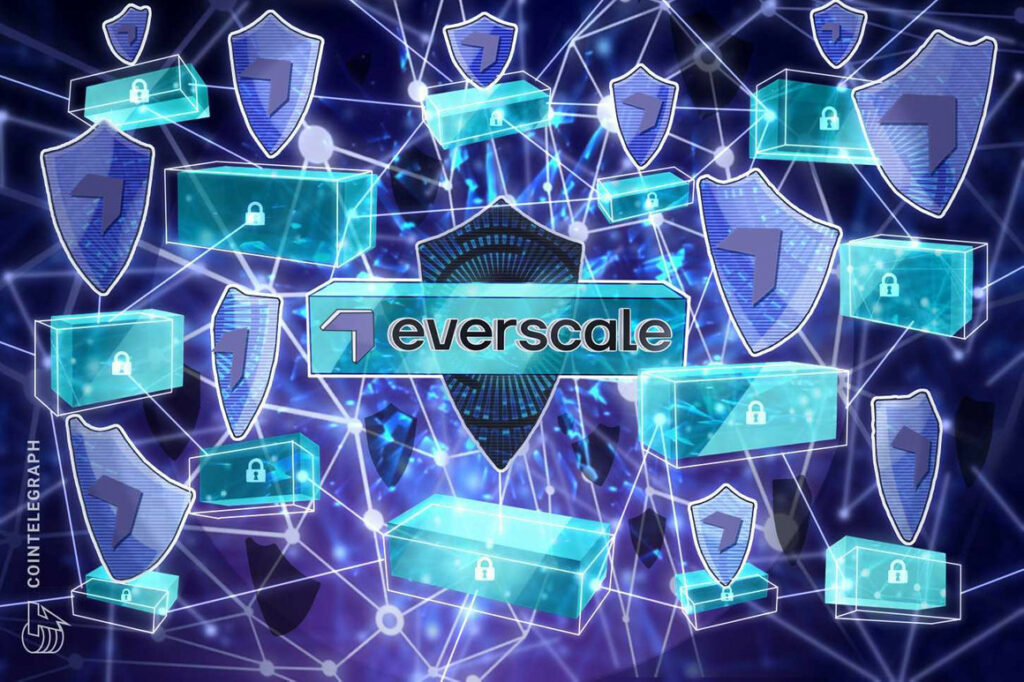The perfect blockchain comprises three elements: security, decentralization and scalability. The first two are said to go hand in hand, with decentralization being the backbone of blockchain technology, which requires no central authority or intermediary to operate. For this reason, Bitcoin initially arose as a solution with the ability to transfer funds without involving a central bank. Without an intermediary, security is maintained through a method of validation, where network nodes must approve a transaction.
At its foundation, early blockchains met these two criteria. Therefore, where blockchains are lacking is in the third component, scalability. With platforms like Ethereum (ETH) becoming the gold standard for decentralized applications (DApps), the number of transactions has only continued to increase, contributing to slower transaction times and higher gas fees. Consequently, an unscalable network doesn’t present a strong case for technology adoption when factors such as convenience are at play.
Recognizing the need for all three elements of security, decentralization and scalability, Ethereum co-founder Vitalik Buterin introduced the concept of the trilemma. Now, a widespread industry problem, many seek a solution where all three elements can exist together. For the crypto player that can achieve this, the opportunity to become the “Ethereum Killer” (or Ethereum successor) will become theirs for the taking.
Currently in the race is the blockchain Everscale. Everscale was created by the team at TON (Telegram Open Network) Labs, eventually reworking 99% of their original solution. The resulting effort was an innovative consensus mechanism that leverages layer-1 sharding within a single protocol. That said, on the front end, Everscale still strives to deliver friendly and secure user interfaces to ensure widespread adoption of their proposition on the trilemma solution.
Where sharding meets multithreading
To help deliver on lofty goals of abolishing the blockchain trilemma, Everscale exists as a proof-of-stake (PoS) blockchain, which requires a significant amount less energy than its proof-of-work (PoW) counterparts. That said, PoS is key to the solution as a system where transaction validators are required to put a stake up as collateral. With a stake, a bond is created that helps guarantee a certain behavior. The Ever OS configuration file determines minimum and maximum stakes to ensure these validators do not get overwhelmed.
But, perhaps more crucial to its differentiation is its operations which include sharding, a solution used by Ethereum, and multithreading. Everscale has recognized that sharding alone will not deliver on the missing scalability peace since the concept cannot deliver on the ability of parallel execution of smart contracts at a high enough speed.
As the Everscale team points out, “There are two things that constrain scalability. The first is when there is a need to send a lot of messages between servers: at a certain point, the internet connection runs out.”
Although sharding solves this issue, it leaves the second problem of a lack of processing power on the table. For this reason, multithreading, a concept referring to parallel execution, becomes essential.
Through this combination of novel technological solutions, the scalability of Everscale becomes almost infinite. As a result, while the number of validators grows, so does the network’s transaction speed. To put this into perspective, the blockchain has already demonstrated 54,000 transactions per second (TPS) with 400 validators around the world; this is compared to the 15 set out in Ethereum’s design.
Gaining a community
Everscale has been around for almost two years. Although a short period of time, the blockchain has already established itself as a primary ecosystem infrastructure, gaining a community of more than 500,000. Now, Everscale is recognized by many as one of the top-200 most valued blockchains in terms of market capitalization.
In 2021, it was reported that over 66 million transactions were conducted, as Everscale has become more connected with major decentralized finance (DeFi) blockchains. Some of which include fast cross-chain operations with Ethereum and other Ethereum Virtual Machine-compatible networks such as Polygon (MATIC) and Fantom (FTM).
Looking ahead, Everscale aims to focus on ecosystem expansion by attracting developers through their already active community and marketing initiatives such as contests.
Disclaimer. Cointelegraph does not endorse any content or product on this page. While we aim at providing you with all important information that we could obtain, readers should do their own research before taking any actions related to the company and carry full responsibility for their decisions, nor can this article be considered as investment advice.

